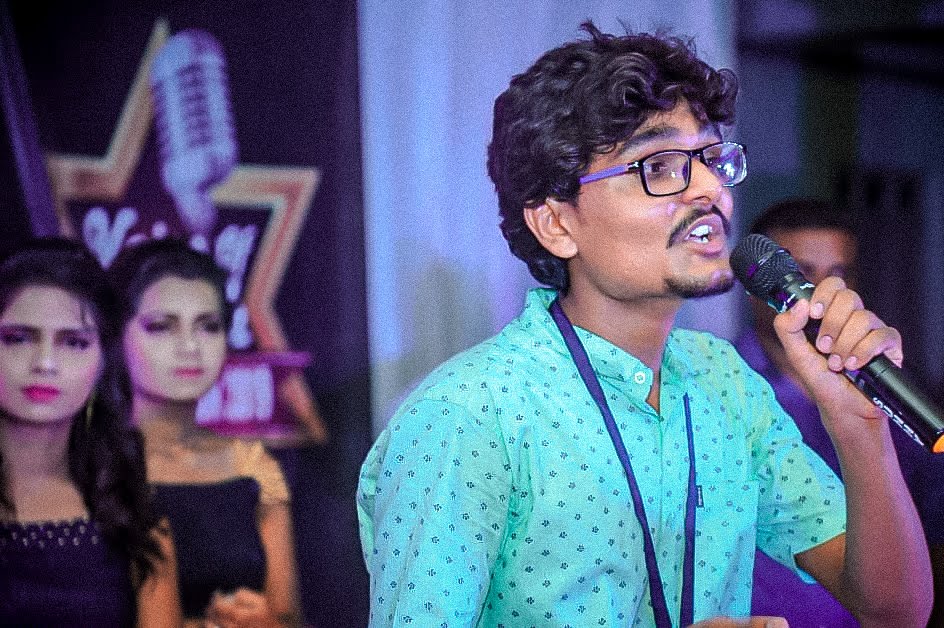राग विस्तार
हेलो...!!! दोस्तों...!!! फिर से आपका स्वागत है हमारे आज के इंटरेस्टिंग संगीत के टॉपिक में। पिछले टॉपिक में हमने सीखा था राग विस्तार के दो तत्व आलाप और बंदिश के बारे में। अगर आपने वह टॉपिक नहीं पड़ा है तो उसका लिंक मैं यहां पर शेयर कर रहा हूं। उसे आप पहले पढ़ ले उसके बाद ही इसे पढ़ें जिससे आपको और अच्छे से यह टॉपिक समझ में आएगा। तो चलिए शुरू करते हैं।
राग विस्तार का तीसरा महत्वपूर्ण तत्व है लय-कारी।
भारतीय शास्त्रीय संगीत में कलाकार राग विस्तार करता है तब वह आलापी से धीमी गति में शुरू होता है। उसके बाद दूसरे भाग में धीरे धीरे गति को बढ़ाया जाता है। जिससे लय का महत्व भी बढ़ता है। राग विस्तार के इसी मोड़ पर कलाकार लय-कारी की शुरुआत करता है। इसी मोड़ पर कलाकार की कला और निखरती है और श्रोता भी और अच्छे से उसे सुनता है और पेशकश में अच्छी रूचि लेने लगता है। ऐसा माना गया है कि जैसे-जैसे गति बढ़ती है वैसे-वैसे सामान्य श्रोता में भी एक अलग ही ऊर्जा का संचार उत्पन्न होता है।
- लय-कारी :- लयकारी का अर्थ है की लय के साथ रहकर काम करना है। राग विस्तार को लय के साथ रहकर उसे और सुंदर बनाना है। अलापी की तरह लयकारी भी सरगम और बंदिश के बोलों के साथ की जा सकती है। लयकारी में बोल बहुत जरूरी है। इसीलिए आकार में लयकारी नहीं की जा सकती।
- तान :- तान राग विस्तार की सबसे गति पूर्ण तकनीक है। जिस की गति दूसरे राग विस्तार के तत्वों से अधिक होती है। हिंदुस्तानी शास्त्रीय संगीत में पहले धीमी गति से गायन या वादन शुरू किया जाता है उसके बाद धीरे-धीरे गति को बढ़ाया जाता है। इसी नियम के कारण तान सबसे आखिर में गाई जाती है।
तान के प्रकार -
- आकार तान - यह तान इसके नाम के मुताबिक आकार में गाई जाती है। मतलब की 'आ' स्वर का उपयोग करके गाई जाती है।
- सरगम तान - इस तान में सरगम का उपयोग करके तान को गाया जाता है।
- बोल तान - इस तान में बंदिश के बोलो का प्रयोग करके तान को गाया जाता है।
तो यह थी आज की जानकारी राग विस्तार के बारे में। मुझे विश्वास है कि आपको यह बहुत पसंद आया होगा। अगली बार फिर से मिलेंगे ऐसे ही म्यूजिक रिलेटेड टॉपिक के साथ। शुक्रिया।
....................................................................................
English translation
Raga expansion
Hello...!!! Friends ... !!! Welcome back to our new interesting topic about music . In the previous topic, we learned about the two elements of raga expansion, alaap and bandish. If you have not had that topic, then I am sharing its link here. You should read it first then only after that you will understand this topic more thoroughly. So let's start.
The third important element of raga expansion is lai-kari.
In Indian classical music, the artist raga expands when it starts in a slow tempo from the highs. After that the speed is gradually increased in the second part. Due to which the importance of rhythm also increases. At this point of the raga expansion, the artist begins the rhythm. At some point the art of the artist further enhances and the listener listens to it even better and takes good interest in the offering. It is believed that as the speed increases, a different energy is produced in the general audience.
Laya-kaari: - Layakari means to collaborate with the rhythm. The raga expansion has to be made more beautiful by staying in tune with the rhythm. Like Alapi, rhythm can also be performed with Sargam and Bandish lyrics. Lyrics are very important in Layakari. That is why the Layakari cannot be performed in Aakar.
Taan: - Taan is the most rhythematic and fast technique of raga expansion. The speed of which is greater than the elements of the raga expansion. In Hindustani classical music, first a slow singing or playing is started followed by a gradual increase in tempo. Due to this rule, the Taan is sung last.
Types of Taan -
Aakar Taan - This taan is sung in aakar according to its name. The Taan is sung using the 'Aa' alphabet.
Sargam Taan - In this taan, the taan is sung using sargam.
Bol Taan - This taan is sung using the lyrics of Bandish.
So this was today's information about the raga expansion. I believe you would have liked it very much. See you again next time with a similar music related topic. Thank you.








0 comments:
Post a Comment